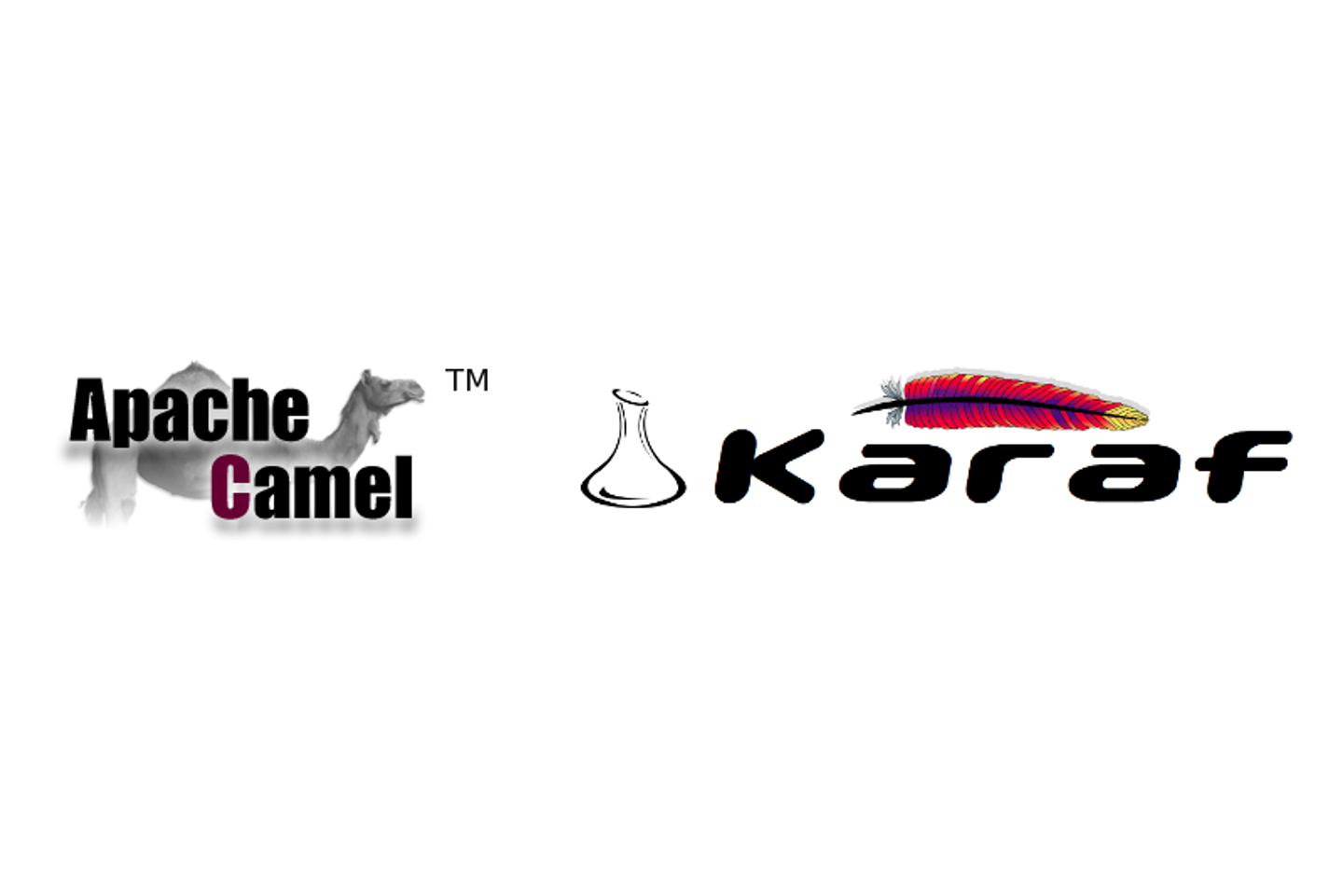StackLeader Blog

Deploy Apache Camel REST Quickstart on Karaf
This blog post will utilize the Karaf Docker container created in a previous post.
https://blog.stackleader.com/docker/2016/05/02/running-karaf-docker-container.html
The source code for this blog post is located at:
https://github.com/stackleader/camel-quickstarts
Run the Quickstart
Clone the project locally and build the project with Maven.
git clone https://github.com/stackleader/camel-quickstarts
cd camel-quickstarts
mvn clean installStart the Karaf container in shell mode.
docker run -it -p 5005:5005 -p 8181:8181 -v ~/.m2:/opt/karaf/.m2 stackleader/karaf shellAdd the feature repository in the karaf shell which contains the camel quickstart features. You must compile the quickstart project for this step to work.
feature:repo-add mvn:com.stackleader/com.stackleader.camel.quickstart.feature/1.0.0/xml/featuresNow install the camel-quickstart-rest feature
feature:install camel-quickstart-rest Tail the karaf logs. You should see no errors
log:tailTest the deployed rest endpoint. Run this curl command from the root of the rest project directory
cd rest/com.stackleader.camel.quickstart.rest
curl -XPOST --header 'Content-Type: application/json' --data @data/input.json http://localhost:8181/ordersThe response should look as follows:
{
"id":1,
"orderId":1,
"lastFourCC":1111,
"lineItems":[{
"id":1,
"name":"pencils",
"quantity":4,
"price":0.99
}],
"total":3.96
}How it Works
The focus of this post is on the RouteBuilder for the REST service. Please see our other posts on the basics of Apache Camel, Declarative services, and OSGi.
The RouteBuilder class ServiceRB.java defines the configuration and routing for the REST endpoint. First the REST dsl with Camel is used to setup an endpoint using the jetty9 camel component. It also configures the endpoint to bind to port 8181 and that it should automatically unmarshal and marshal to JSON. When a binding mode is specified, it will automatically search for an implementation of that mode on the classpath. In this case, Jackson is already on the classpath by loading the camel-jackson feature which contains the JSON Jackson data format.
The rest dsl defines a path /orders that it will expect POST requests. The type call defines that it should umarshal the
body of the JSON payload to an Order object. Lastly, specification of a .to() states
that this endpoint will start it’s routing on the endpoint ORDERS_ENDPOINT. ORDERS_ENDPOINT is a string (direct:orders) specifying that
the route will start from a direct endpoint called orders. The direct component enables in memory, synchronise routing.
restConfiguration().component("jetty").host("0.0.0.0").port("8181").bindingMode(RestBindingMode.json);
rest("/orders").post().type(Order.class).to(ORDERS_ENDPOINT);Next, the routing logic defines that it will listen for messages on the direct orders endpoint. The previous configuration
took care of wiring the direct orders endpoint to requests on the /orders path.
The next step in the route is a call to log. For every request on the /orders path and subsequent activation of this
route, the message “Processing order” will print to the karaf logs with the defined logging level.
The last step is a call to .to() using the bean component. Services that are registered in the OSGi registry are available
using the bean component. The method parameter defines which method to call on that service. Any call to .to() in
Camel will send the current Exchange to the component and the component can potentially return different state in the exchange.
In this case, the return value of the processOrders method will be set to the body of the exchange. Since this is the end
of the route, the current body of the exchange is set to the response for the http post call.
from(ORDERS_ENDPOINT)
.log(LoggingLevel.INFO, "Processing order")
.to("bean:" + OrderProcessor.class.getCanonicalName() + "?method=processOrder");